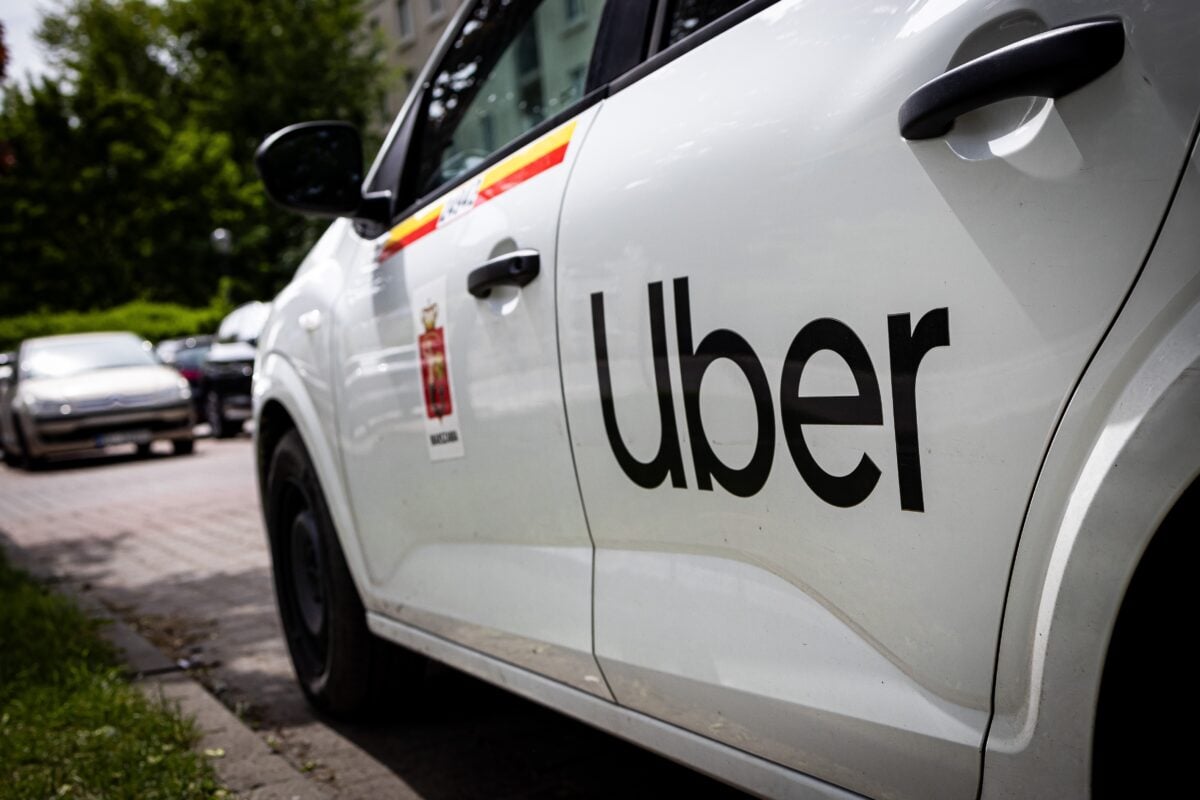TLDRs;
- Uber stock hits record $96.40 as investors back its autonomous partnership strategy.
- Strategic AV deals with Waymo, VW, and WeRide help Uber ride out robotaxi competition.
- Uber’s 2025 rally reflects confidence in hybrid model combining delivery, rideshare, and AV platforms.
- Despite rising AV rivals, Uber’s market-first approach finds strong favor on Wall Street.
Uber Technologies has surged to a new all-time high, with its stock reaching $96.40 in intraday trading. The milestone marks a 60% gain in 2025, driven largely by a wave of strategic partnerships and expansion efforts in the autonomous vehicle space.
This momentum comes despite growing competition from standalone robotaxi operators like Waymo and Tesla, which are pursuing fully autonomous fleets outside the Uber platform.

From In-House AV to Global Partnerships
Investors appear increasingly confident in Uber’s evolving business model. Instead of directly developing its own self-driving technology, the company has taken a platform-first approach, integrating third-party autonomous systems into its existing ride-hailing network.
This pivot has not only lowered research and development overhead but also allowed Uber to scale AV deployment more flexibly across different regions.
The partnership roster now includes Alphabet’s Waymo, which is active in cities like Austin and Atlanta, as well as WeRide in the UAE and Volkswagen in Los Angeles. This global alignment signals Uber’s intent to future-proof its business without having to build the autonomous future alone. Analysts say this diversified approach has helped the company sidestep the capital-intensive pitfalls of going solo in the AV race, while still benefiting from the sector’s long-term growth potential.
Delivery Growth Fuel Broader Optimism
Behind the stock’s bullish performance is a business that continues to diversify. Uber’s core ride-hailing unit remains strong, but its push into delivery, covering groceries, alcohol, and convenience items, has added meaningful revenue streams. Analysts project a 15% boost in revenue for 2025, helped by the company’s wide range of offerings and expansion into more verticals.
Brasada on Uber $UBER US
Thesis: Uber is a technology-driven marketplace connecting riders, drivers, restaurants, and shippers, with a robust business model that benefits from extensive data and dynamic pricing while embracing opportunities in autonomous vehicles for future… pic.twitter.com/Hpb0kdAKUZ
— Stock Analysis Compilation (@StockCompil) July 9, 2025
At a market cap of roughly $201.5 billion, Uber is now one of the top performers in the S&P 500 for 2025. Its gross bookings in Q2 rose by 14% to $42.8 billion, while adjusted EBITDA spiked 35%.
Financial institutions are taking note, with firms like Bank of America recently raising their price target from $97 to $115. Some analysts see even more upside, citing Uber’s high return on equity, robust free cash flow, and margin improvement as reasons for long-term confidence.
Robotaxi Competition Remains a Caution Flag
Still, not everyone is convinced. The threat posed by fully autonomous competitors is real. Waymo, for instance, already operates independent robotaxi fleets in major U.S. cities, and Tesla is aggressively piloting its own self-driving network in Austin. Meanwhile, Uber’s defenders argue that a hybrid platform may be more viable in the near term. Full autonomy faces regulatory hurdles and technical challenges, which Uber’s current model is well-positioned to navigate.
That said, Uber’s rally to record highs represents a vote of confidence in a strategy that leans into partnerships, embraces flexibility, and meets both current consumer demand and long-term technological shifts. Whether it will hold its ground against robotaxi disruptors remains to be seen.






